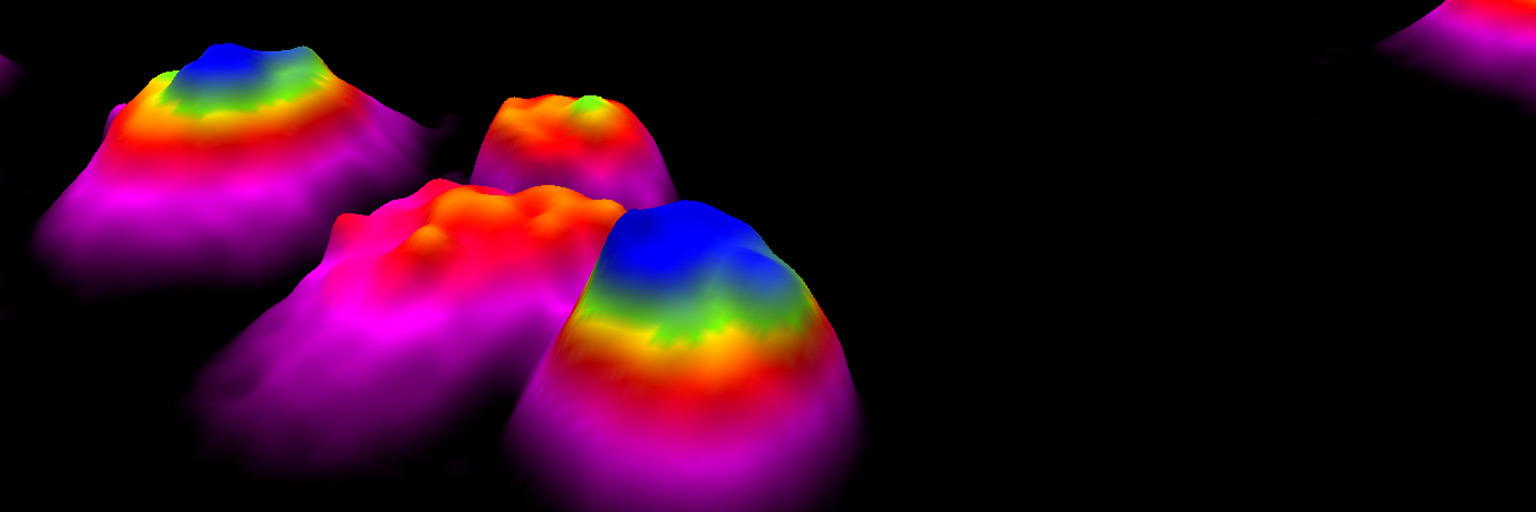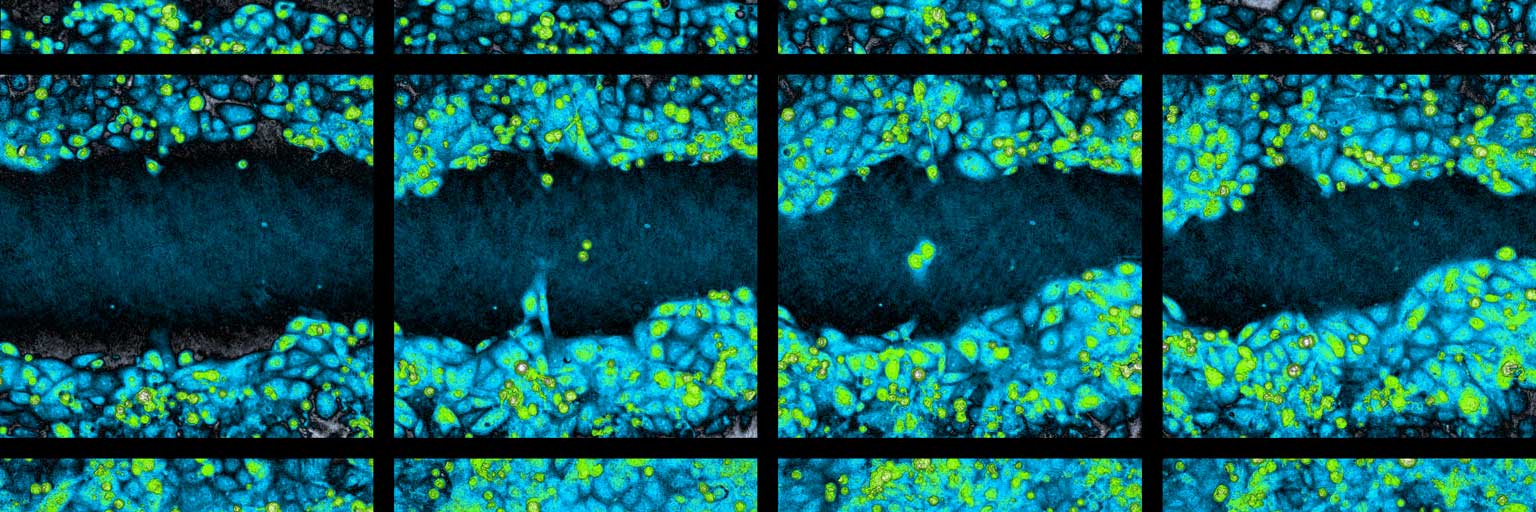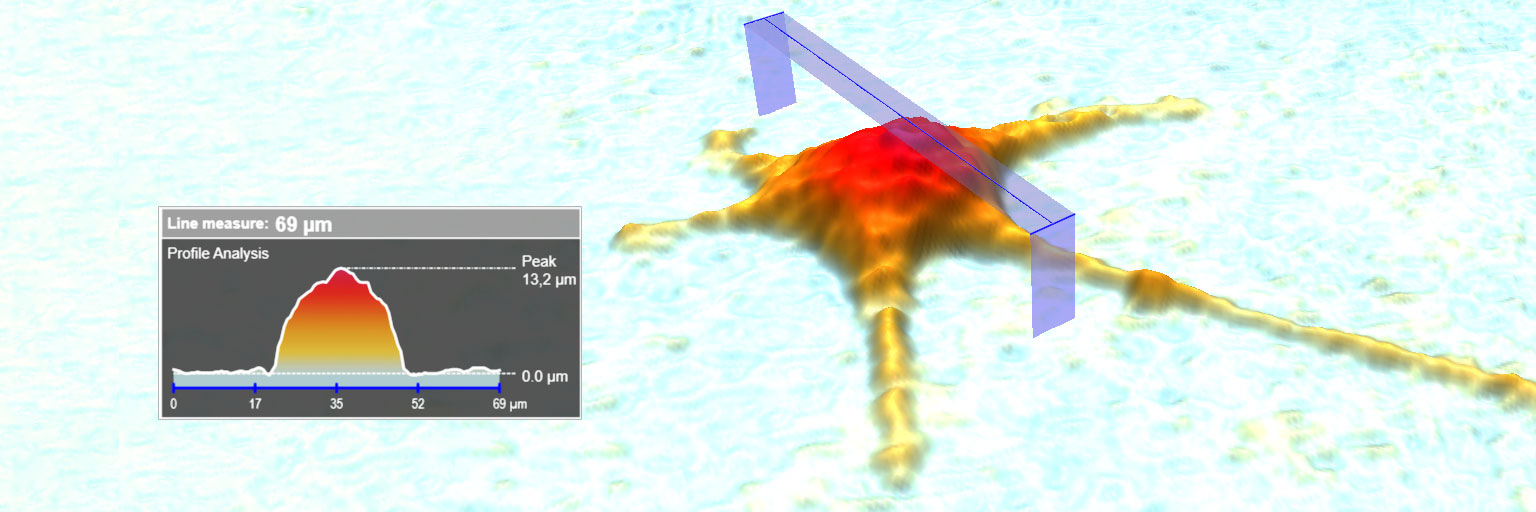created using HoloMonitor®

Cell Motility and Cell Migration
Cell Motility and Cell Migration play important roles in cell biology research
The study of cell migration and cell motility is of great importance to understand diseases. Cell migration can be the cause of cancer progression and metastatic cancer cells. Cell motility is regarded as random cell movement, occurring in almost every cell culture, while cell migration is a response. Cell tracking can be used to distinguish between these parameters.
Single-cell tracking using HoloMonitor® Track Cells Functionality
The most advanced and powerful feature of HoloMonitor is the single-cell tracking functionality that allows monitoring and analysis of cell motility, cell migration and morphology of selected cells.
Details and changes over time are provided for each cell included in the analysis, and in mean values for the selected population.
Identify and analyze individual cells or subpopulations of cells
The HoloMonitor technology provides easy identification of individual cells. Single cells can thus be selected for tracking enabling in-depth analysis of cell movements and changes in morphology over time. When preferred all data can easily be exported for further analysis.
The tracking data can be displayed in a graph format (left) or directly overlaid on the cell images (right).
Distinguish between cell motility and cell migration
Cell movement is categorized both by non-directional cell motility speed and by directional cell migration velocity. Cell motility is regarded as random cell movement, occurring in almost every cell culture, while cell migration is a response to a cell attractant or repellent. Cell tracking can be used to distinguish between these parameters.
Video showing L929 cells, first untreated and thereafter treated with colcemid. Note how the drug influences cell motility.
Example how different cells in a population may behave.
Using HoloMonitor® for Cell Motility and Migration Studies
The HoloMonitor® system offers unambiguous, non-invasive quantification of cell migration and motility allowing users to automatically track cell movements over time. Analysis of cell motility and migration can be used for e.g. chemotaxis studies and to assess drug impact on motility.
- Robust segmentation and tracking of cells of interest.
- Cell motility speed and cell migration velocity measurements.
- Directness, i.e. the ratio of migration and motility, indicating how direct a cell or a cell population moves.
- Non-invasive nature allows subsequent cellular staining for further analysis upon conclusion of holographic imaging.
- Flexibility for advanced single-cell migration and motility analysis.
When preferred, further analyses can be undertaken for details on cell morphology and other parameters.
Key Publications
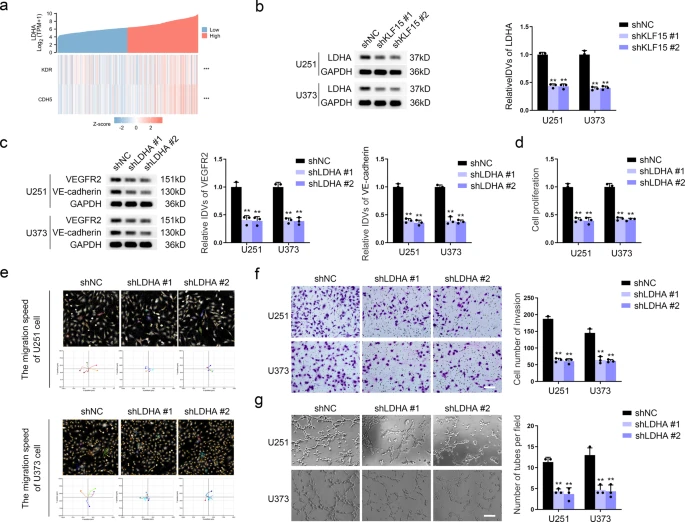
Pseudogene MAPK6P4-encoded functional peptide promotes glioblastoma vasculogenic mimicry development
Authors: Zhang et al.
Journal: Communications Biology (2023)
Research Areas: Cancer research
Cell Lines: U251, U373, and HEK 293T cells
Keywords: HoloMonitor M4, single cell tracking, cns cancer, phosphorylation, glioblastoma, vasculogenic mimicry
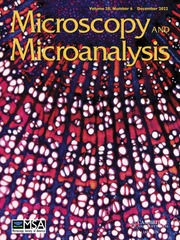
Adipocytes Migration is Altered Through Differentiation
Authors: Maayan Lustig et al.
Journal: Microscopy and Microanalysis (2019)
Research Areas: Cell Research
Cell Lines: 3T3-L1
Keywords: HoloMonitor M4, cell migration and motility, adipogenesis, differentiation, holographic-microscopy, live-imaging, motility, extracellular matrix, lipid droplet

Moving into a New Dimension: Tracking Migrating Cells with Digital Holographic Cytometry in 3D
Authors: Anette Görloff Wingren
Journal: Cytometry Part A (2018)
Research Areas: Cancer research
Keywords: HoloMonitor M4, cell motility, cell migration, cell morphology, cell tracking, cytometry, digital holography, migration, motility, quantitative phase imaging, scratch assay

Evaluation of Holographic Imaging Cytometer HoloMonitor M4 Motility Applications
Authors: Yuntian Zhang et al.
Journal: Cytometry Part A (2018)
Research Areas: Cancer research
Cell Lines: 1205Lu and WM793
Keywords: HoloMonitor M4, Cell motility, Cell migration, Cell morphology
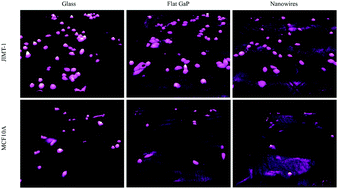
Single cell analysis of proliferation and movement of cancer and normal-like cells on nanowire array substrates
Authors: Zhen Li et al.
Journal: J. Mater. Chem. B (2018)
Research Areas: Materials of Science
Cell Lines: MCF10A, JIMT-1
Keywords: HoloMonitor M4, Cell motility, Cell migration, Cell cycle, Nanomaterials, cell interactions
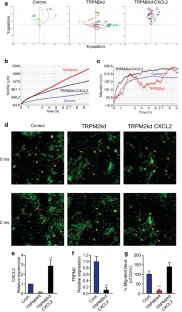
TRPM2 Modulates Neutrophil Attraction to Murine Tumor Cells by Regulating CXCL2 Expression
Authors: Maya Gershkovitz et al.
Journal: Cancer Immunology, Immunotherapy (2018)
Research Areas: Cancer research
Cell Lines: 4Ti, AT3, TRPM2, LLC, human neutrophils
Keywords: HoloMonitor M4, Cell motility, Cell migration, Immunoncology
